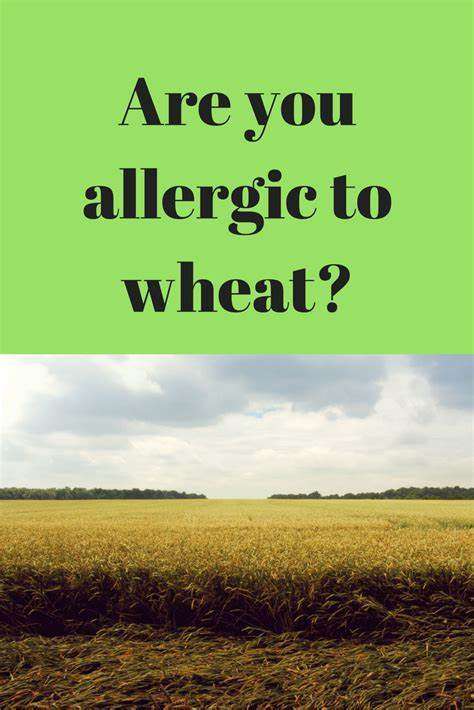Wheat Allergy
Home – Services – Wheat Allergy
Understanding Wheat Allergy
A-One Ayurveda have centuries-old Ayurvedic Soloution for Wheat Allergy which is the secret to a good herbs. Wheat allergy is an immune system response to proteins found in wheat. It is distinct from celiac disease, which is an autoimmune disorder triggered by gluten, a protein in wheat, barley, and rye. Wheat allergy is more common in children and often outgrown, but it can affect individuals of any age.
Symptoms:
- Skin Reactions: Hives, eczema, or general itching may occur.
- Gastrointestinal Issues: Abdominal pain, nausea, vomiting, or diarrhea can manifest.
Diagnosis:
Medical professionals typically diagnose wheat allergy through a combination of medical history, physical examination, and allergy testing, which may include skin prick tests or blood tests.
Management:
- Avoidance: The primary treatment is strict avoidance of wheat and wheat-containing products.
- Read Labels: Individuals with wheat allergy need to carefully read food labels, as wheat can be present in various forms, such as wheat starch, wheat bran, and semolina.
- Substitutes: Explore wheat alternatives like rice, oats, quinoa, or gluten-free flours for baking.
- Medical Alert Bracelet: Especially for severe cases, wearing a medical alert bracelet can be crucial in emergency situations.

Prevalence:
Wheat allergy is more prevalent in children, with many outgrowing it by adolescence. However, some individuals may carry it into adulthood.
Conclusion:
Living with a wheat allergy involves vigilance in food choices, clear communication about dietary restrictions, and preparedness for potential reactions. If you suspect a wheat allergy, consult with a healthcare professional for accurate diagnosis and guidance on managing this condition effectively.
